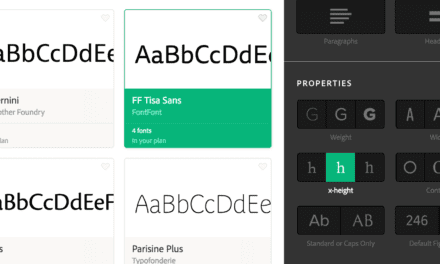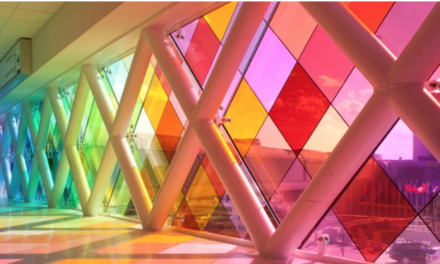ARTICLE SUMMARY: In today’s digital marketplace it’s a battlefield out there trying to stand out amid all the websites that are selling the same product or service as you.
Merging accessibility with exclusive design presents several challenges and conflicts and at times seems insurmountable. They also said the same thing about Mount Everest.
“Merging accessibility with exclusive design” by Zara Soltani looks at why it’s to a brand’s advantage to merge the two and how to go about doing it. A few of her recommendations discussed are
- Focus on a specific niche
- Don’t forget the power of community
- Where do people with special needs and disabilities fit into this spectrum
Focusing on inclusive design principles aims to accommodate as many users as possible without compromising on quality or exclusivity. The problem is while exclusive designs might prioritize a sophisticated user experience that does not cater to those with disabilities, failure to do so could quite possibly translate to a loss of what might have been a significant revenue stream.
Brands associated with exclusivity might worry that focusing on accessibility could dilute their image. There’s a misconception that accessible designs are less stylish or luxurious. In reality, accessible design can be both stylish and luxurious. Many designers and architects are now focusing on creating inclusive spaces that don’t sacrifice aesthetics. Advances in technology and materials have enabled designers to create accessible solutions that are sleek and modern.
Zara reminds us “Exclusive design is a powerful tool, but it should never come at the expense of usability, accessibility, and ethical design practices. Always prioritize user needs and inclusivity. By following these guidelines, you can design desirable products that make users feel like they’ve unlocked a hidden gem in the vast digital landscape.”
This article well worth reading, let us know what you think in the comments.




